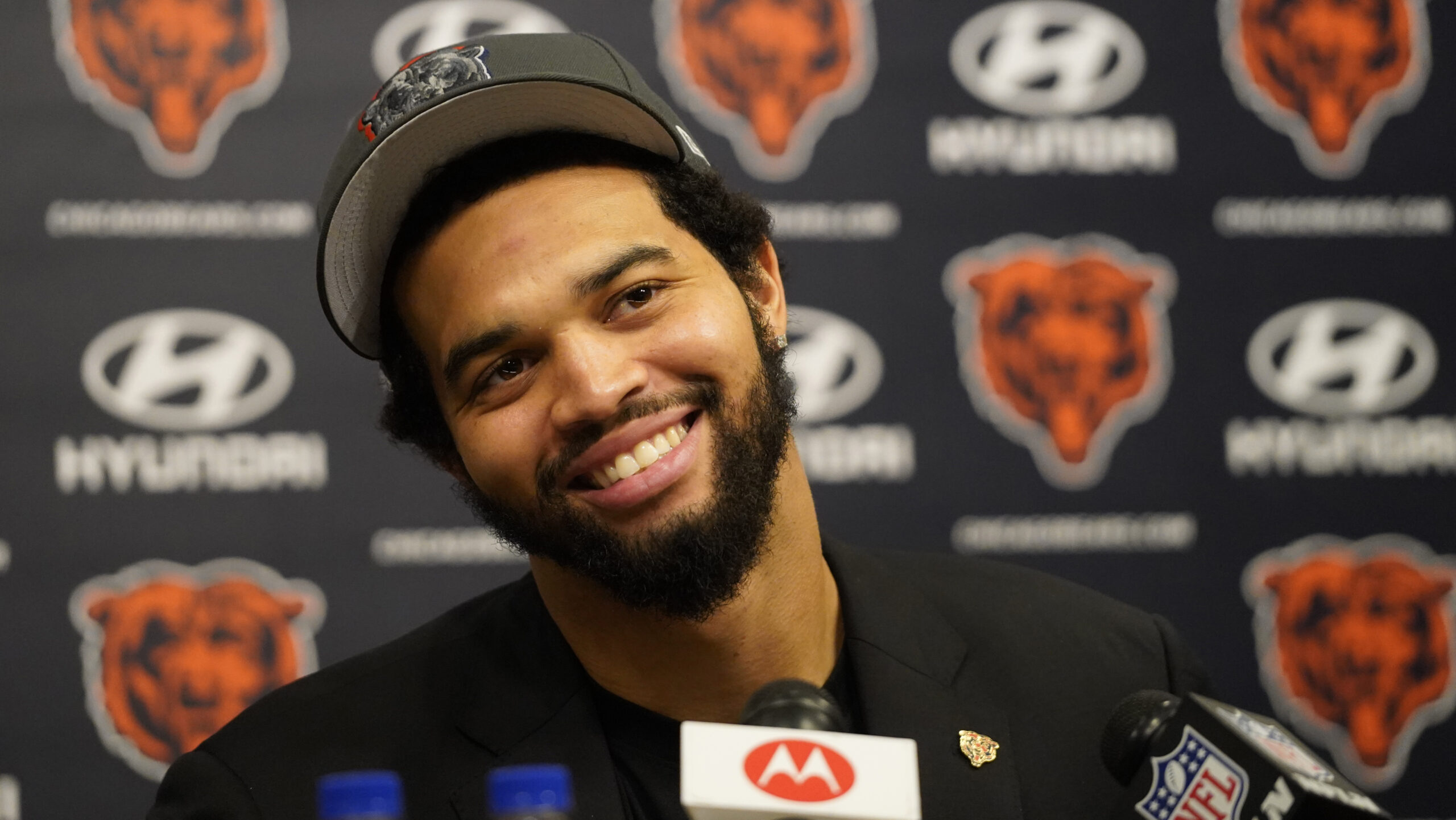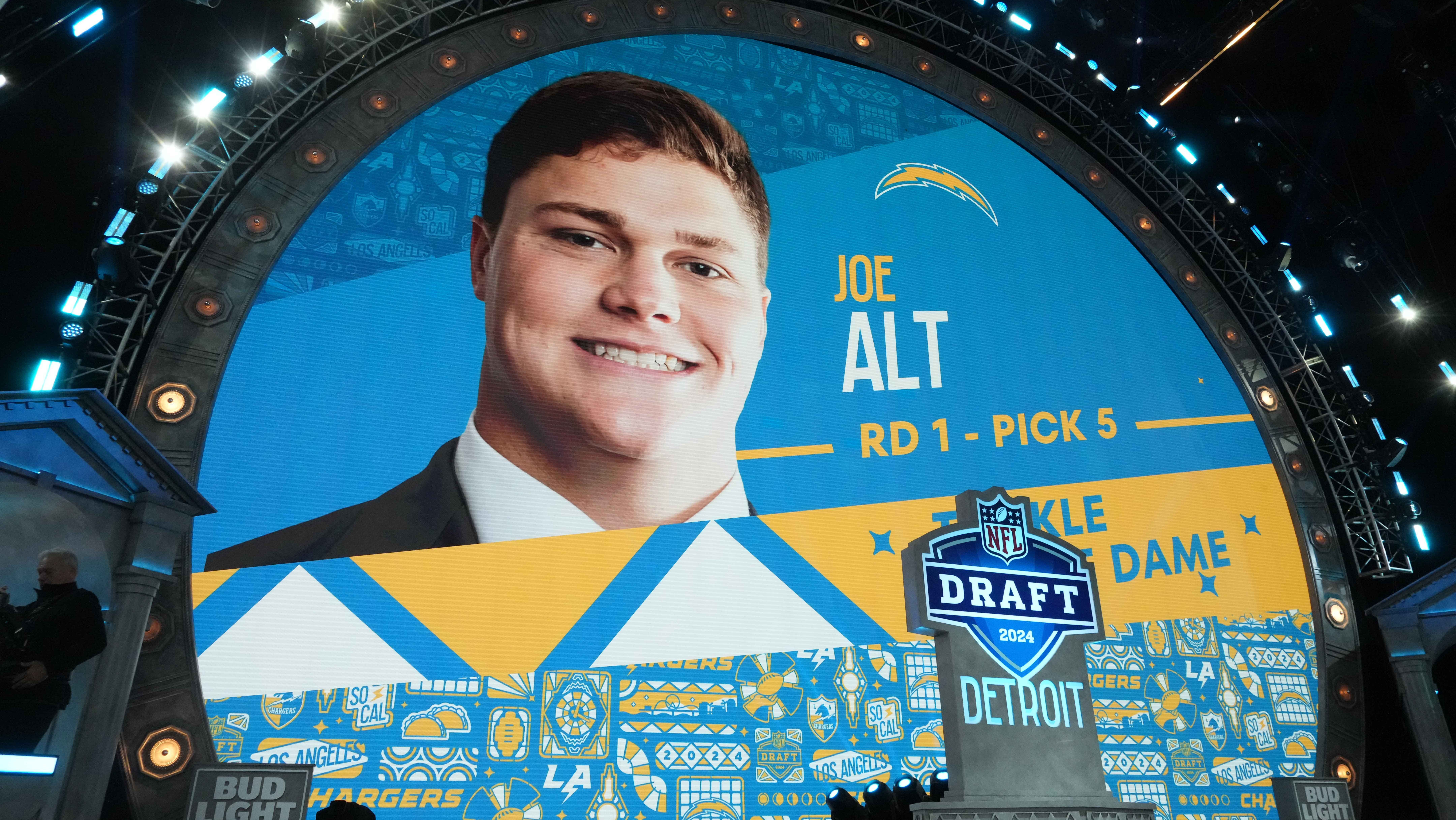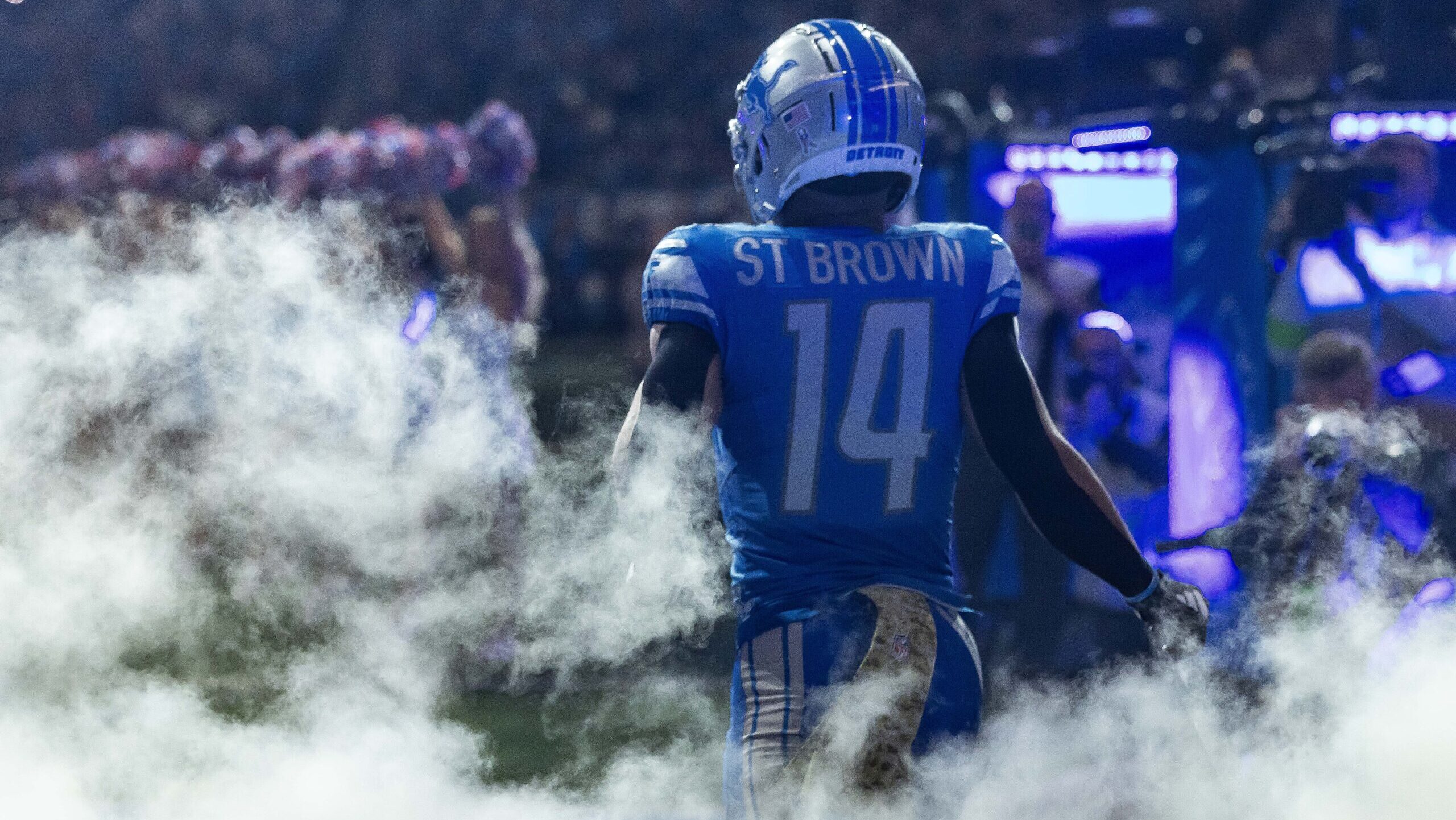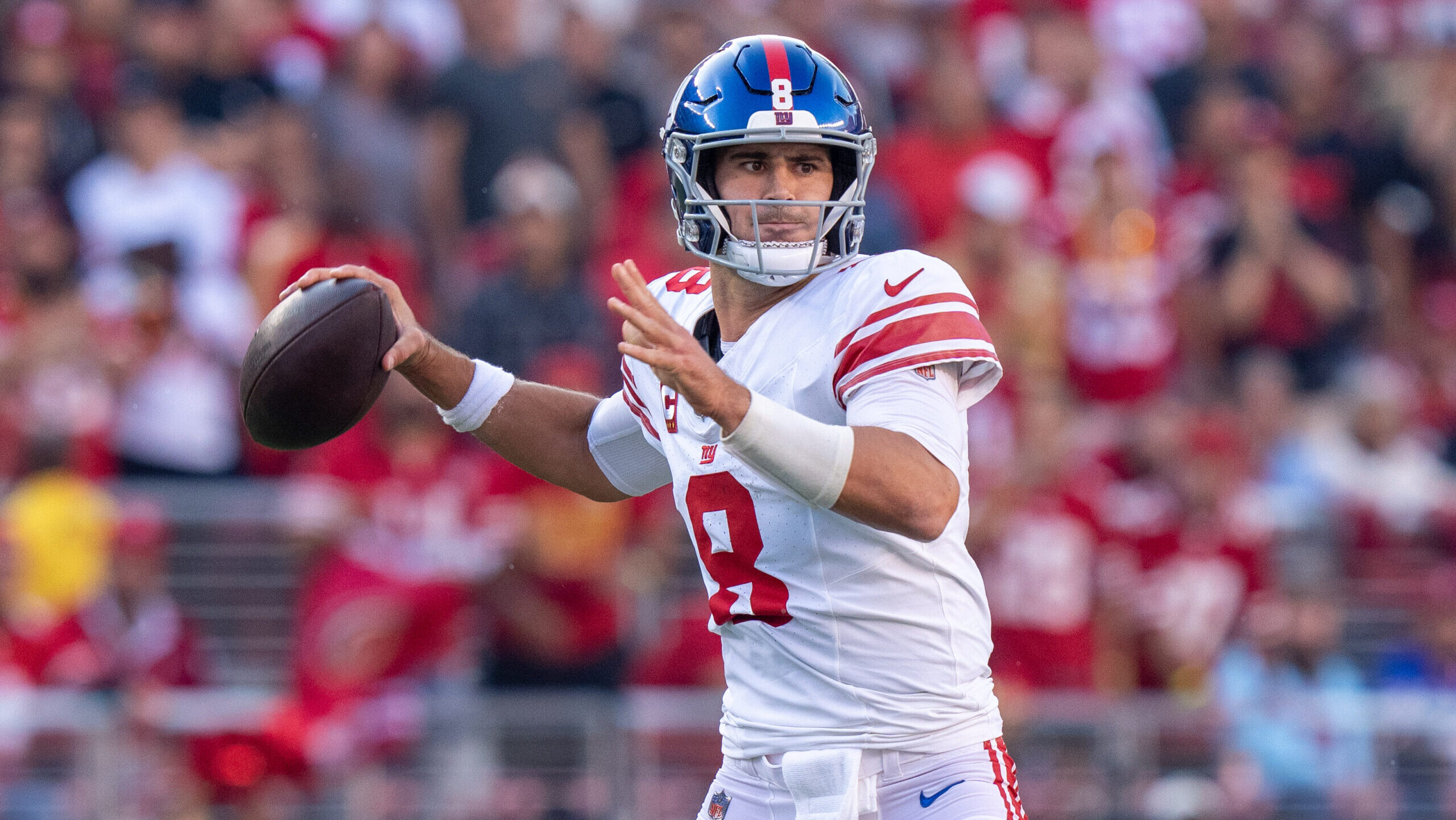Analysis
9/13/23
4 min read
2023 Fantasy Football: DFS Lessons Learned from NFL Week 1
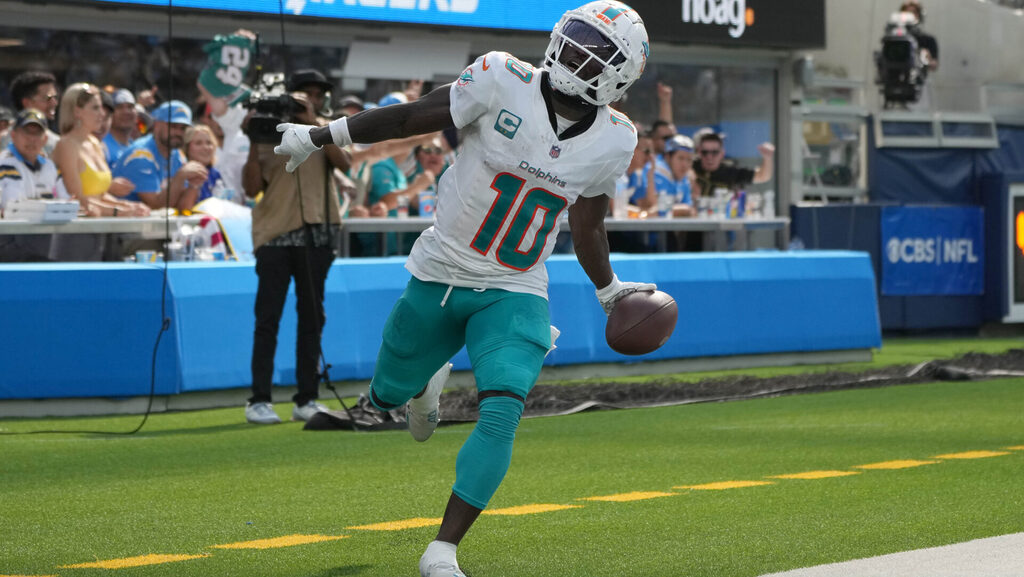
Reflection is an underrated aspect of consistent DFS play. Think about it like this: How do the top pitchers, top wide receivers or financial analysts remain on top through the changing dynamics of the game or the markets they play in?
They do so by learning, growing, being open to new ideas and practices, tweaking what works and what doesn’t and changing with the games themselves.
This introspection is imperative to longevity in any competitive arena. Most of the top DFS players are examining their play the following week. So what edge can we gain over even the most diehard players?
The answer rests with those same players we’re competing against, which is what we will look at in this weekly piece.
We will break down personal rosters each week, examining our processes along the way. In this piece, we’ll discuss the slate in its entirety through game-theoretic processes and compare those conclusions with rosters from some of the top players in the game.
Week 1 DFS Lessons Learned
Observations
Observing field tendencies is a foundational pillar of game-theoretic reasoning and should contribute heavily to decision-making processes. If we compare expected field exposure levels with actual levels after the slate, projections get closer to real values the later we get into the season. As such, expected field exposure levels are the most inaccurate early in the season.
This metastasized into one of my more significant mistakes in Week 1: overrating expected rostership numbers, particularly for the expected top-game environment. Players in the Miami Dolphins–Los Angeles Chargers game unanimously came in with lower exposure levels than projected. This led me to almost fade the situation entirely in favor of game environments expected to garner less interest.
Yet the Dolphins-Chargers game blew up into the spot you had to have, or you weren’t winning. This type of leveraged approach to portfolio management is highly exploitative. It is typically best suited for single entry and three-max GPP play, the formats I usually play.
It won’t always play out in that way. Still, it was a mistake to avoid one of the top situations on the slate simply due to inflated rostership expectations. I know exposure projections are extremely fragile early in the season.
Next, the field largely avoids variance when at its peak. The perfect example of that tendency is through Anthony Richardson and Michael Pittman Jr. in Week 1. We saw the Indianapolis Colts play with extreme pace in the preseason, yet the field largely avoided someone who tested as one of the most physically gifted quarterbacks ever.
I paired Richardson almost exclusively with his downfield threat, Alec Pierce. The thinking was Pierce held nearly 40 percent of the team’s air yards with the starters in the preseason. For Richardson to reach his ceiling, he would likely need to hit some downfield shots.
However, Pittman Jr. held almost 40 percent of the team's target market share with the starters in the preseason and could theoretically provide a GPP-worthy score on volume due to the pace of the offense.
My second mistake was accounting for multiple outs when the paths to a ceiling outcome were constricted between two players.
Either Pittman Jr. sees the volume to drag Richardson to his ceiling beyond his rushing expectation or Pierce connects on a few deep shots and pulls Richardson to his ceiling beyond his rushing expectation.
Roster Examination
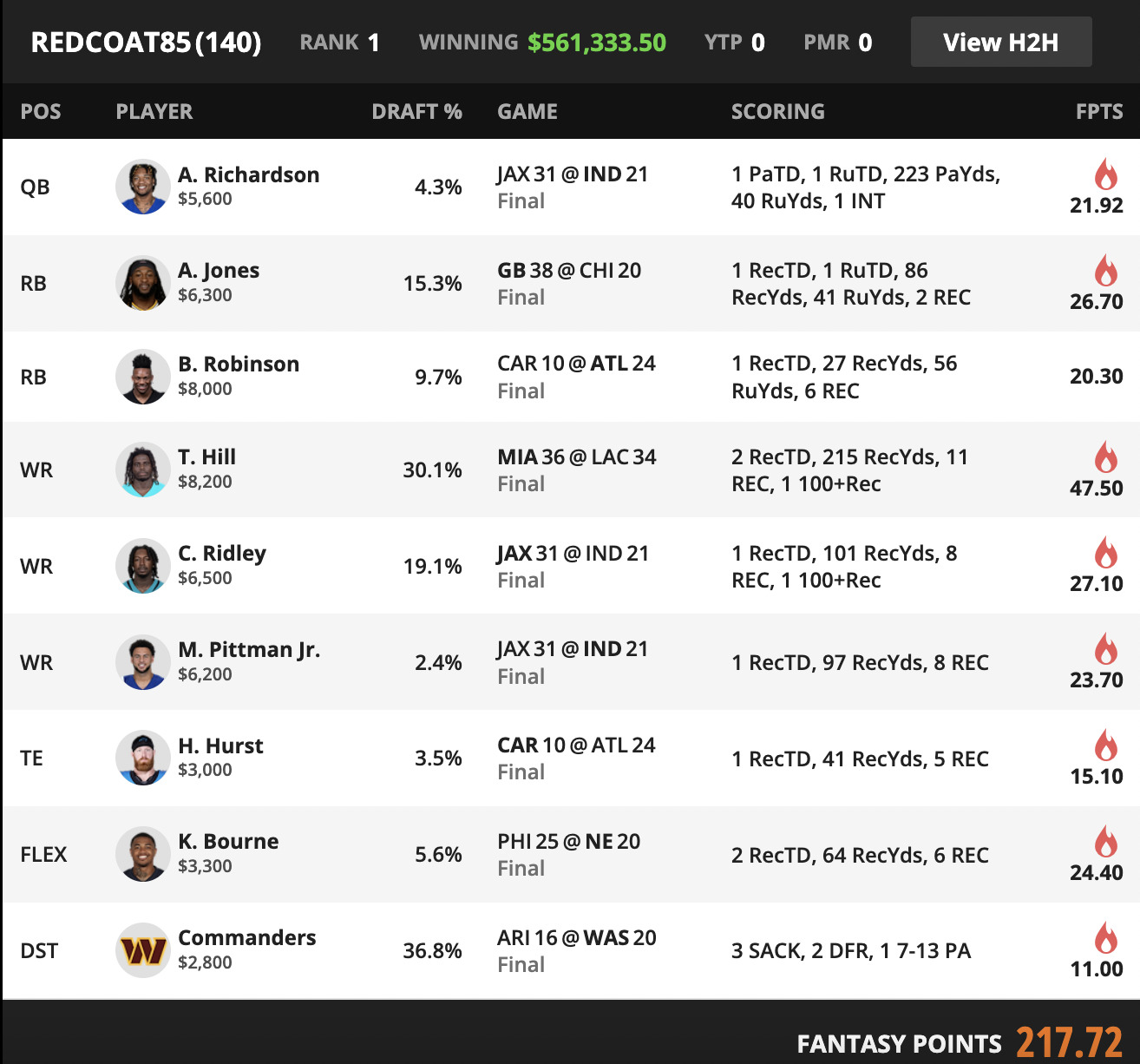
DraftKings user REDCOAT85 employed both primary learning points in his $100 Milly Maker winner (tied). As we discussed last week, Calvin Ridley carried one of the slate's best cost-considered range of outcomes. But his path to an actual ceiling outcome rested with Richardson’s ability to push past the Jaguars.
Richardson’s correlation with Pittman and Ridley gave this roster an elite foundational range of outcomes to build around.
Including Tyreek Hill without any other pieces from the top expected game environment won’t always play out this way. Still, the extreme concentration of the Dolphins’ offense meant one of Hill or Jaylen Waddle could hit without needing a pairing or correlated piece.
Now, consider that the Chargers’ offense added additional offensive pieces and was fully healthy for the first time in almost a year, meaning a correlated bring-back was not required, even in an eruption game.
Finally, the primary game stack negated the extreme field exposure to Hill, particularly the low combined rostership on Richardson and Pittman. From a roster construction perspective, this lineup was a piece of art.
We’ll continue assessing our play and that of our top-level competitors in this series throughout the season to grow as DFS players. Remember, the top performers in any industry continue to grow and adapt to the changing dynamics of the games they play.
Follow The 33rd Team Podcast Network on Spotify and Apple Podcasts.


